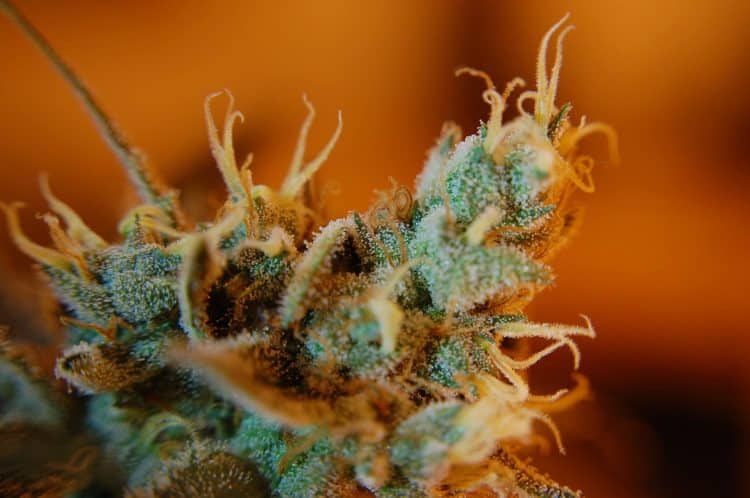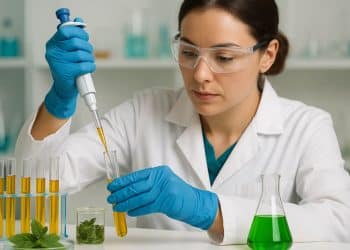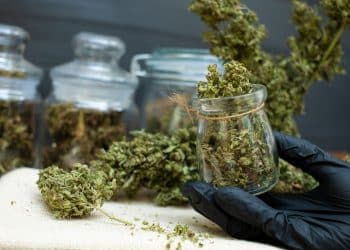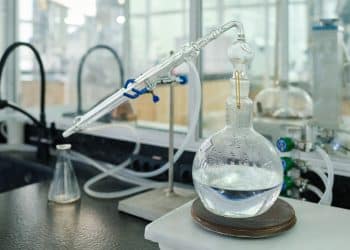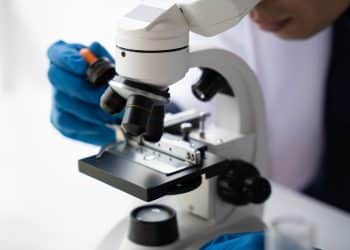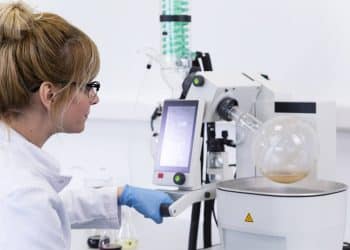Over 100 phytocannabinoids have been identified in cannabis including dominant cannabinoids delta-9-tetrahydrocannabinol (THC) and cannabidiol (CBD) as well as increasingly interesting minor cannabinoids like cannabigerol (CBG), cannabichromene (CBC), and cannabidiolic acid (CBDA). [1]
Phytocannabinoids in cannabis plants occur mostly in acidic forms. Thus, they must be activated by decarboxylation to provide the therapeutic effects that we typically expect. For example, tetrahydrocannabinolic acid (THCA) doesn’t produce intoxication. It must first be decarboxylated to THC. (That said, THCA, and cannabidiolic acid (CBDA) both have known medicinal benefits.)
Decarboxylation
The acidic forms are thermally unstable, and when exposed to heat, they lose their carboxyl group to yield neutral phytocannabinoids, releasing carbon dioxide in the process. THCA, CBDA, and cannabigerolic acid (CBGA) give rise to THC, CBD, and CBG, respectively. Additionally, THC easily transforms to cannabinol (CBN) when exposed to heat, oxygen, and light.
Traditional Analytical Methods for Decarboxylation Analysis
Traditionally, gas chromatography (GC) and liquid chromatography (LC) have been used for this purpose. GC is a simple method of analysis but fails in one area: it lacks the ability to quantify acidic cannabinoids (unless they are chemically derivatized prior) since it heats the sample, thereby decarboxylating it anyway.
Supercritical Fluid Chromatography
A study published in Cannabis & Cannabinoid Research used ultra-high performance supercritical fluid chromatography (UHPSFC) coupled with photodiode array (PDA) and mass spectrometry (MS) to analyze the decarboxylation of cannabis. [1]
Samples of cannabis buds were obtained from ‘‘The University of Mississippi NIDA Marijuana Project.’’ The phytocannabinoids were extracted using maceration in methylene chloride for 24 hours then evaporated under vacuum.
A total of nine cannabinoids—CBD, delta-8-THC, tetrahydrocannabivarin (THCV), delta-9-THC, CBN, CBG, THCA, CBDA, and CBGA—were isolated as reference standards. The cannabis extracts were dissolved in acetonitrile:methanol (80:20). Decarboxylation of vacuum-sealed vials was conducted at temperatures of 80°C, 95°C, 110°C, 130°C, and 145°C at different durations up to 60 min.
The decarboxylation of THCA led to non-detectable levels of the cannabinoid acid after 30, 9, and 6 min at 110°C, 130°C, and 145°C, respectively. CBDA, on the other hand, was fully decarboxylated at 130°C and 145°C after 20 and 10 minutes, respectively, Heating CBDA at 110°C did not result in non-detectable levels of CBDA after 60 minutes.
Kinetic analysis was carried out to investigate the rate constants and reaction energies over different time periods. The results showed a “pseudo-first-order” reaction meaning that decarboxylation happened exponentially with increased acid concentration and time at a fixed temperature. The rate constant of THCA was twice that of CBDA and CBGA. Decarboxylation of THCA was straightforward with no side reactions unlike that of CBDA and CBGA, which had an 18% and 53% loss in molar concentration, respectively. This was possibly due to the loss of reactants or decarboxylation products.
The researchers concluded that this SFC method was sensitive and consistent and could be used as a quantitative technique for analyzing decarboxylation of acidic phytocannabinoids. [1]
Image Source
felipebmarques from Pixabay
Reference
- Wang M, et al. Decarboxylation study of acidic cannabinoids: A novel approach using ultra-high-performance supercritical fluid chromatography/photodiode array-mass spectrometry. Cannabis and Cannabinoid Research. 2016;1(1):262–271.
Cited: 14 times (PubMed)
